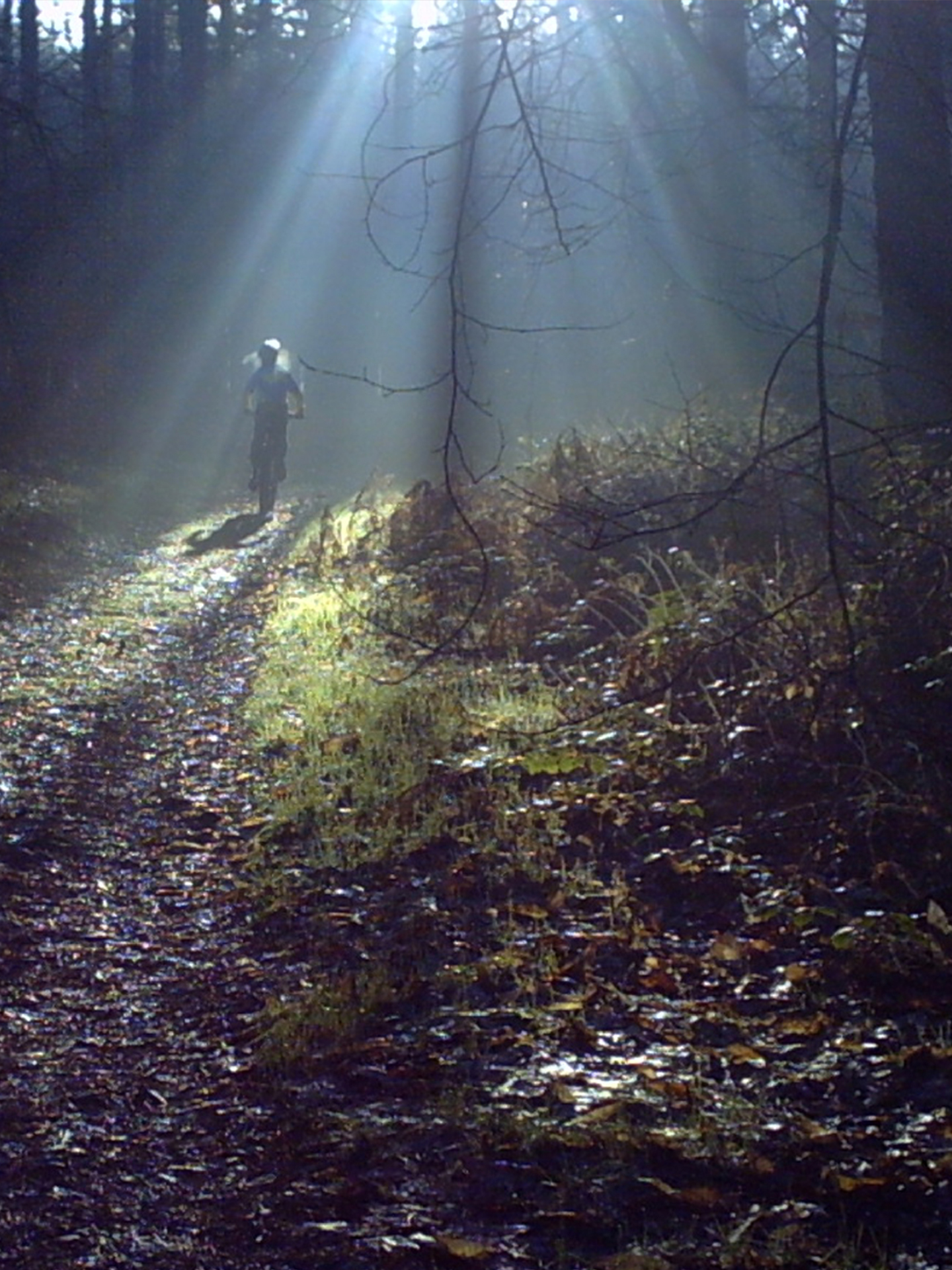
Lighting Designer





The lighting designer begins by reading the script noting the type of light it calls for in each scene. Designer and director share their ideas about how light could be used to enhance the production concept at their first meeting. Early meetings with the set designer are also important because the set and lighting designers must collaborate on how to achieve the desired 'look' for the play. The plan for the set may influence the placement and direction of the necessary lighting instruments, so flagging any potential problems in this area as early as possible makes sense.
Lighting designers attend rehearsals to get a feel for the lighting cues and to plan how to light the actors as they move from place to place on stage. When the blocking is set, the lighting designer can start to work out which lighting instruments will be used and where each one will be located.
The planning tools lighting designers use include:
There are four properties lighting designers can control to create a vast array of effects:

Top Tip
Don’t forget that your design will be influence by a specific practitioner / theatre company or style. So when your reading and researching the script, think about how the specific conventions of your chosen practitioner / theatre company or style can be effectively applied.
For devised or reinterpreted pieces make sure you place these conventions and techniques at the centre of your work.
KEEP THIS IN MIND RIGHT FROM THE START OF YOUR DESIGN PROCESS.